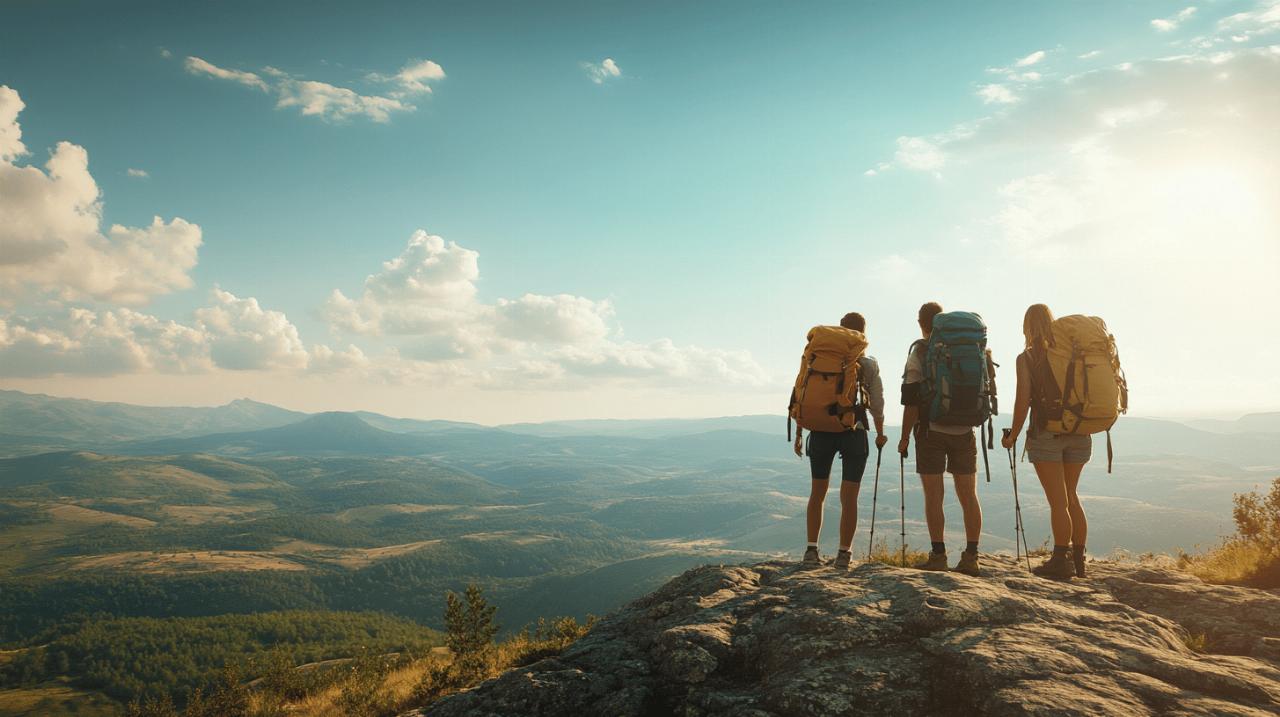Embarking on a thrilling adventure starts with smart planning. By mastering key preparation techniques, you can transform your travel dreams into reality while minimizing stress and maximizing enjoyment. The right planning approach sets the foundation for memorable experiences in stunning locations around the world.
Preparation strategies for adventure enthusiasts
Crafting the perfect adventure requires thoughtful organization and research. From selecting ideal destinations to managing logistics, proper preparation empowers travelers to focus on exploration rather than worry about details during their journey.
Selecting destinations based on your experience level
Matching your destination to your skills and comfort zone significantly enhances your travel experience. Begin by assessing your adventure capabilities honestly – are you a novice hiker or an experienced mountaineer? Next, research thoroughly using travel blogs and social media hashtags to view authentic location photos. Many travelers use PreparaTuViaje resources to evaluate terrain difficulty and seasonal conditions before committing to a specific destination. Creating a personalized map using Google's My Maps feature helps visualize potential routes and points of interest, making it easier to determine if a location aligns with your abilities.
Creating a Realistic Budget and Timeline
Financial planning forms the backbone of any successful adventure. Start by outlining all anticipated expenses including transportation, accommodations, activities, food, and emergency funds. Experts recommend budgeting extra for unexpected costs and premium experiences worth splurging on. Consider using collaborative tools like Google Drive to track expenses and share planning documents with travel companions. The most seasoned adventurers block off specific time periods for their journeys, and PreparaTuViaje guides suggest allowing buffer days for weather delays or discovering unexpected attractions. Committing to your adventure through concrete actions like purchasing tickets creates momentum and transforms planning into reality.
Gear and safety considerations
 Adventure planning requires careful attention to equipment selection and safety protocols. Your expedition preparation should start well before departure, with thorough destination research and consideration of the specific outdoor activities you'll be undertaking. Proper trip organization includes not only creating an exciting travel itinerary but also ensuring you have the right adventure gear and safety measures in place.
Adventure planning requires careful attention to equipment selection and safety protocols. Your expedition preparation should start well before departure, with thorough destination research and consideration of the specific outdoor activities you'll be undertaking. Proper trip organization includes not only creating an exciting travel itinerary but also ensuring you have the right adventure gear and safety measures in place.
Must-have equipment for different adventure types
Every adventure demands specific gear depending on the environment and activities planned. For mountain expeditions, quality hiking boots, layered clothing, and navigation tools are essential. Water adventures might require life jackets, dry bags, and appropriate footwear. Desert journeys like the Marathon des Sables (a 150-mile trek through the Sahara) demand specialized equipment for extreme heat conditions. When planning your gear list, consider seasonal travel requirements – summer adventures (May-September being peak travel times) need different equipment than winter expeditions. Many experienced travelers recommend using Pinterest and Instagram hashtags to research real-world gear applications before purchasing. Remember that most airlines restrict baggage to 22-25 kg, so prioritize multipurpose items when possible. Many adventure blogs provide detailed packing lists for specific destinations that can serve as excellent starting points for your own travel preparations.
Emergency planning and risk management
Trip scheduling should always include time dedicated to safety preparations. Create a detailed emergency plan including local emergency contacts, nearest medical facilities, and evacuation routes. Adventure skills assessment is crucial – be honest about your capabilities and prepare accordingly. Expert adventurers like Jenny Tough and Alastair Humphreys (who rowed across the Atlantic in 2012) emphasize the importance of risk management through proper training and preparation. Travel documentation should include copies of important documents, emergency contacts, and medical information stored in multiple locations (physical and digital). Many adventure travelers use Google Drive for storing and sharing critical safety information with travel companions and emergency contacts. Budget for proper safety equipment and insurance – experienced adventurers agree that investing in quality gear for important trips is worthwhile. Remember that remote destinations like the Kaveri River (which flows 500 miles across southern India) may have limited rescue resources, making self-sufficiency even more critical. Consider attending specialized training like Adventure Skills Workshops to build confidence and competence before challenging expeditions.







